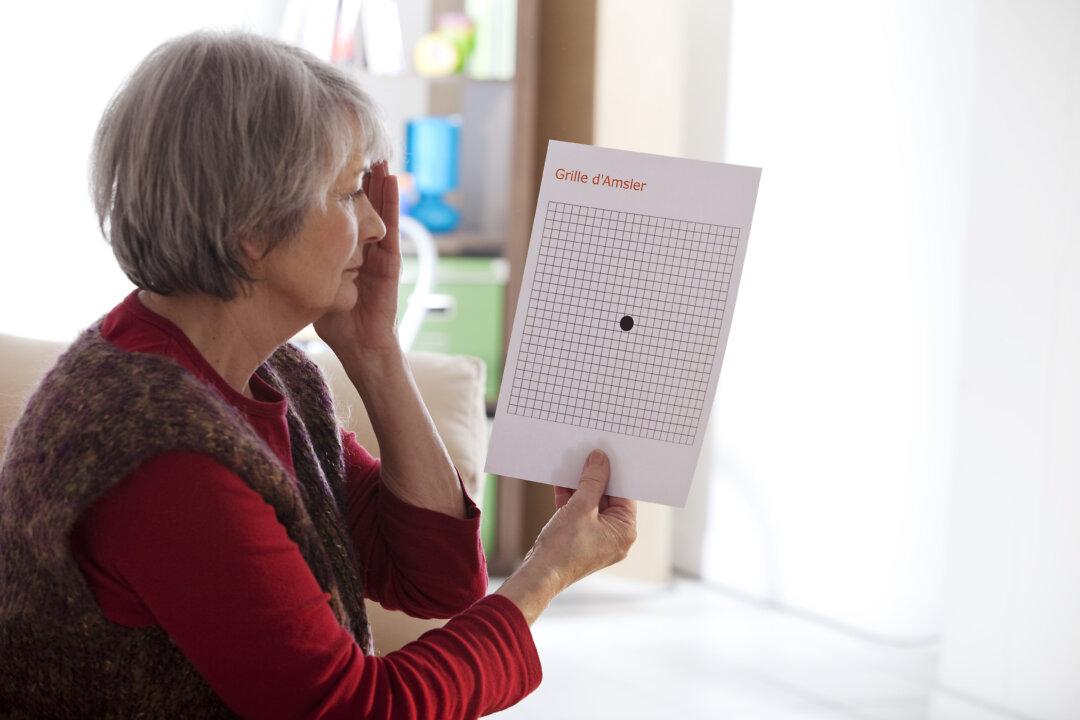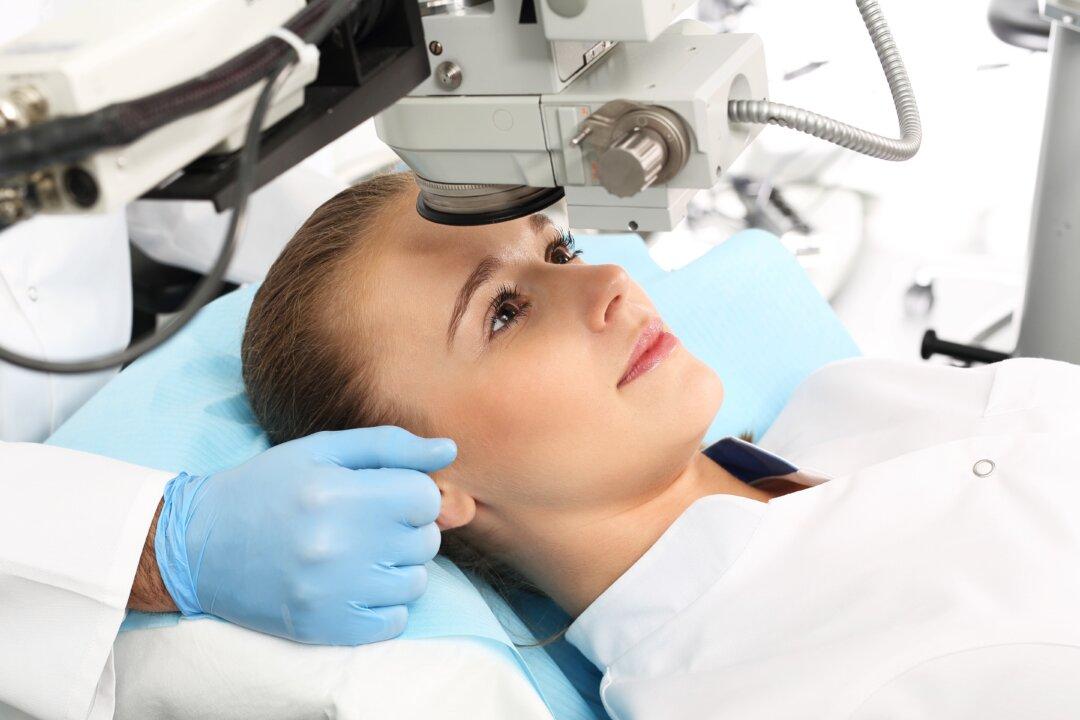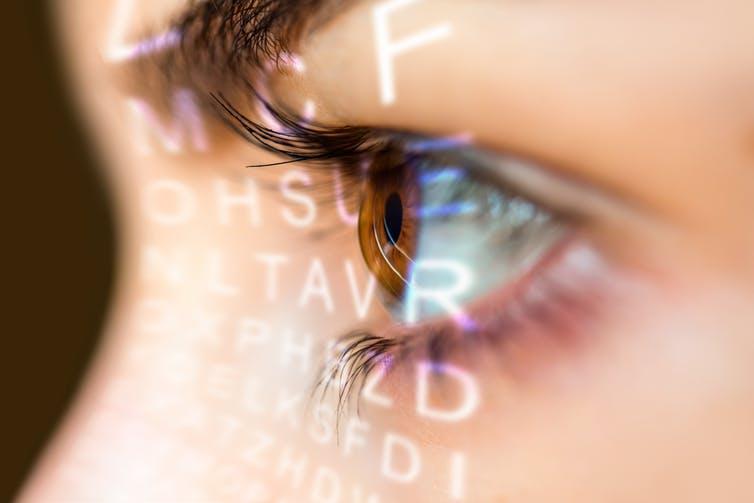Jacques was a very active retiree. That ended one November morning as his life was suddenly turned upside down. When he woke that day, he couldn’t see out of one eye. Panicked, he came to see me right away.
Jacques had been diagnosed with age-related macular degeneration (AMD) a few years earlier. His condition had been stable, but now, it suddenly progressed to the most severe form of the disease: “wet degeneration.” This stage is characterized by the sudden development of a network of new blood vessels that ooze into the deep layers of the retina, causing a rapid loss of functional vision in the affected eye.



